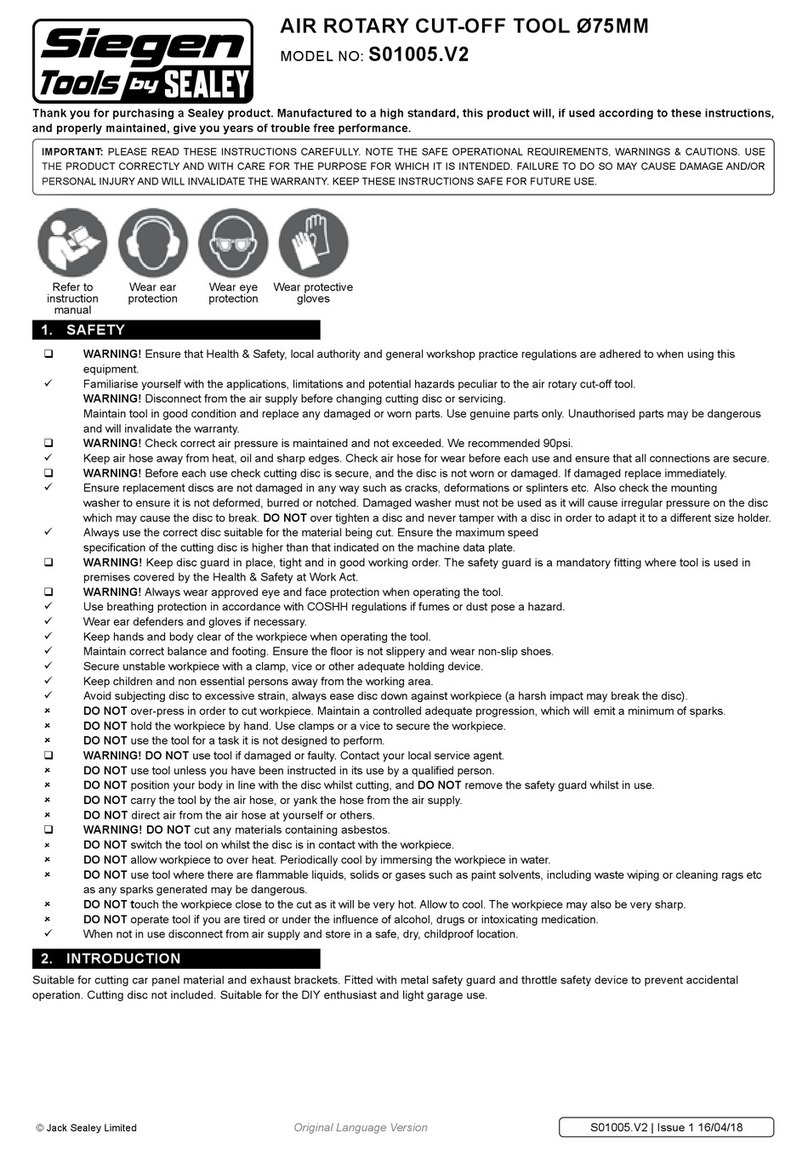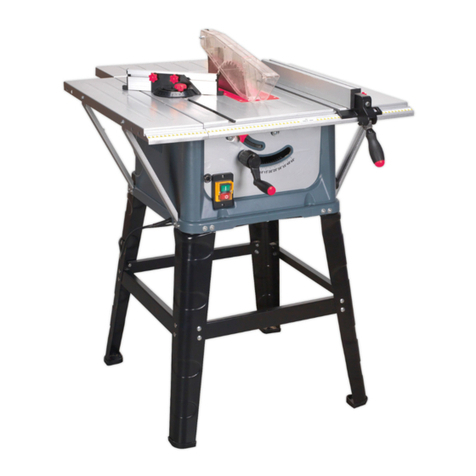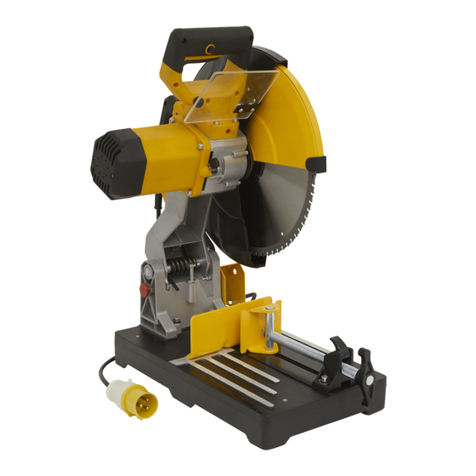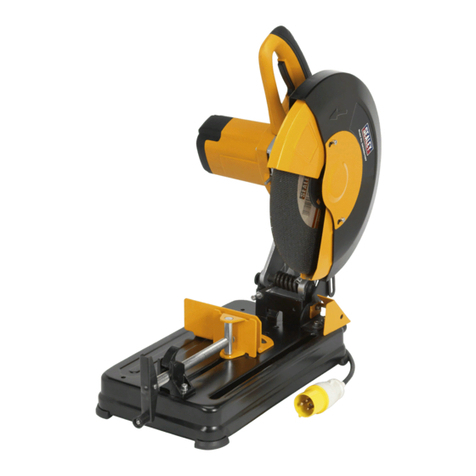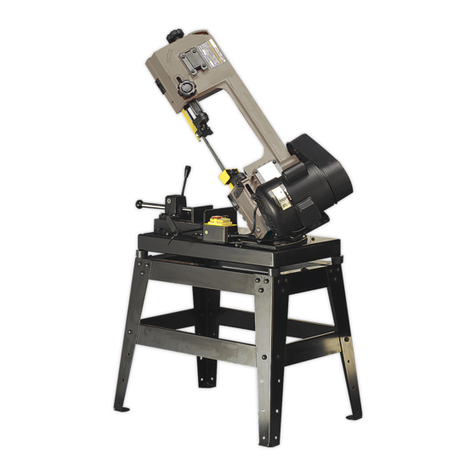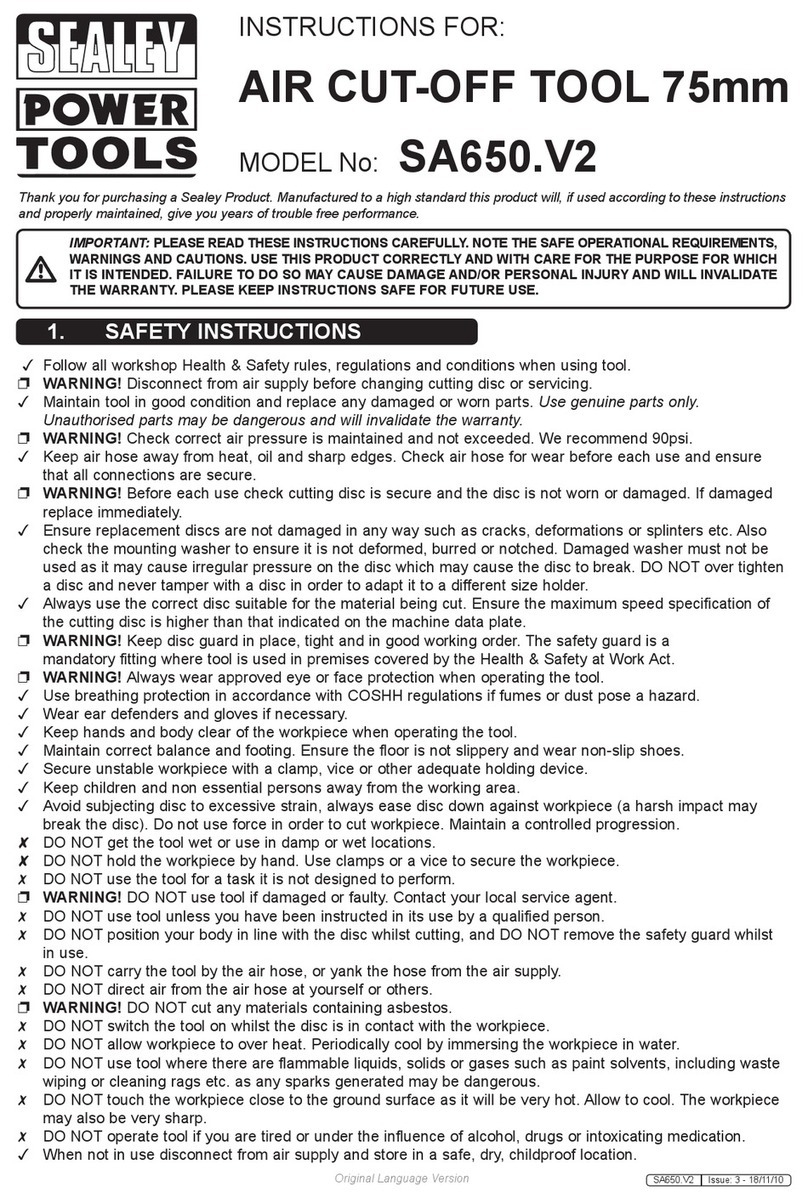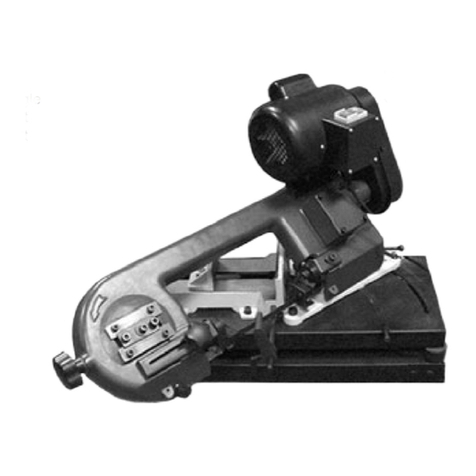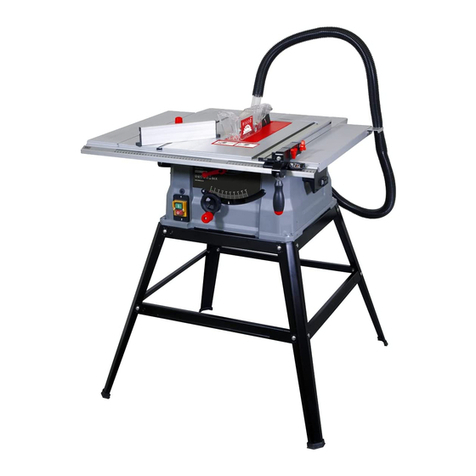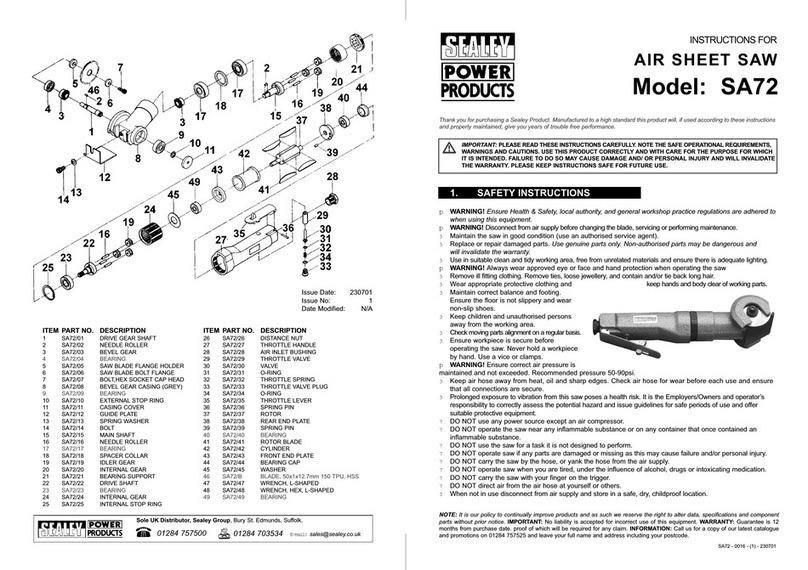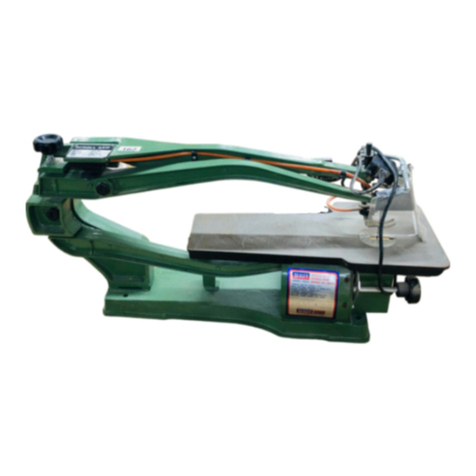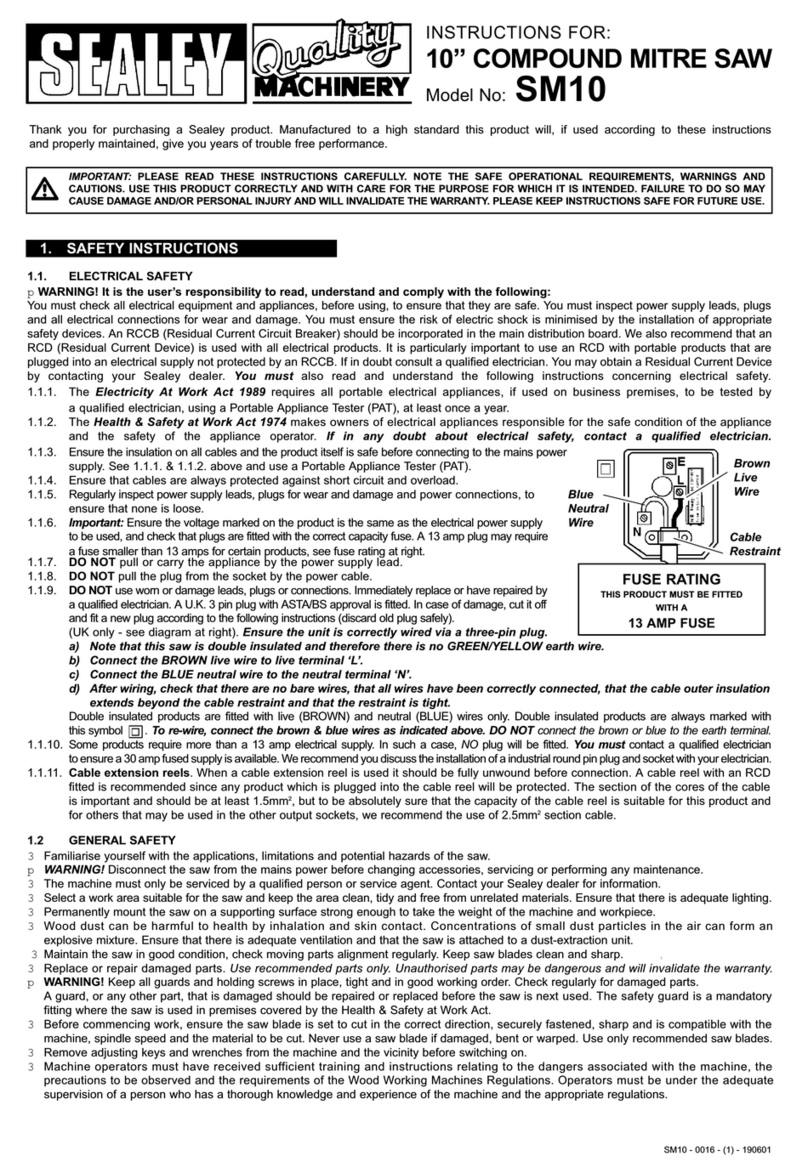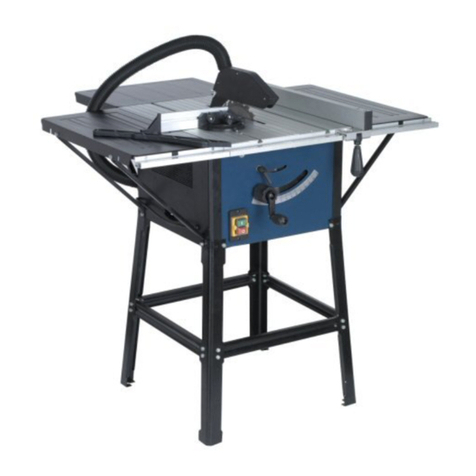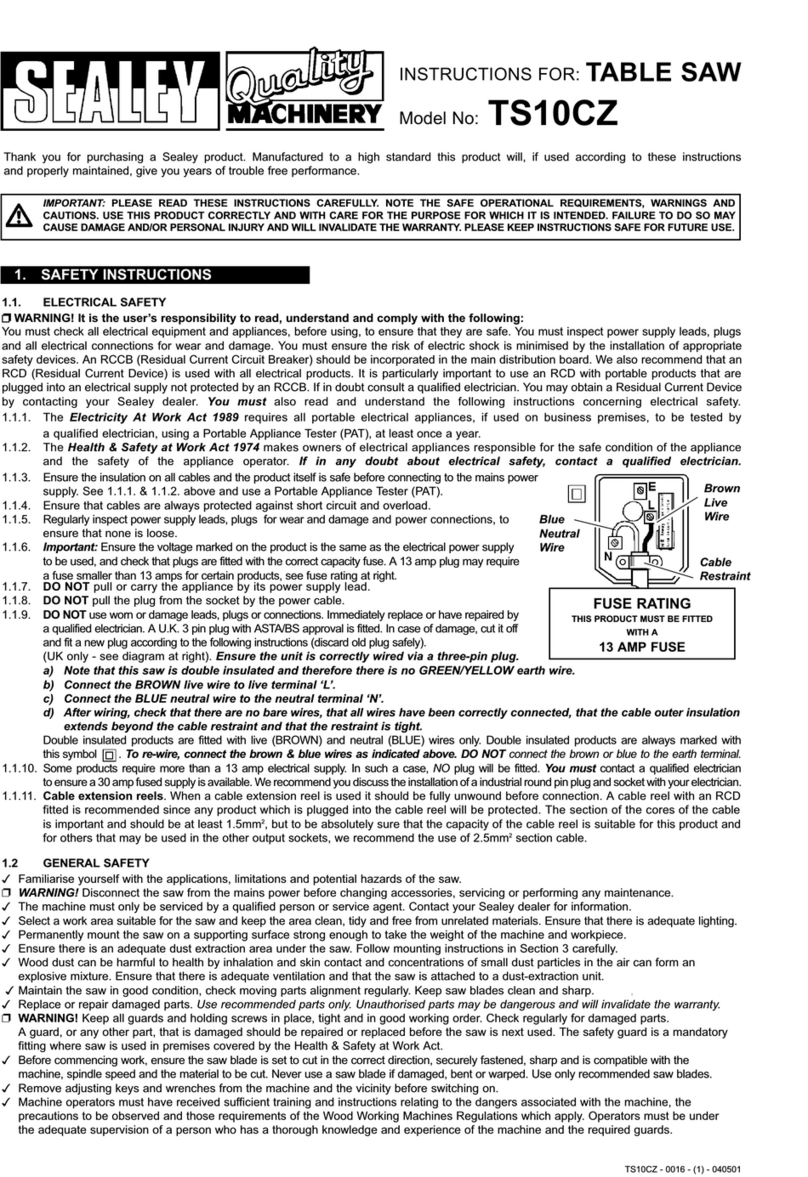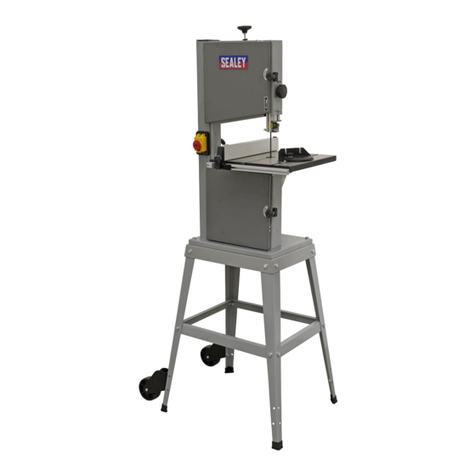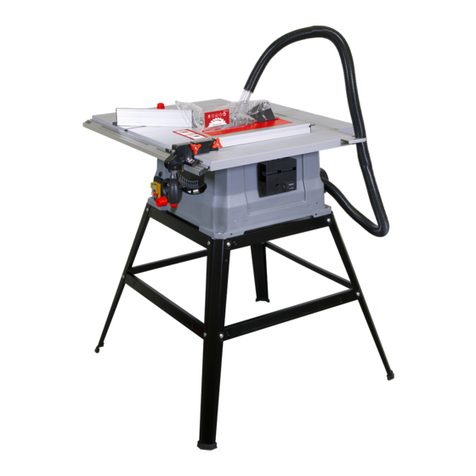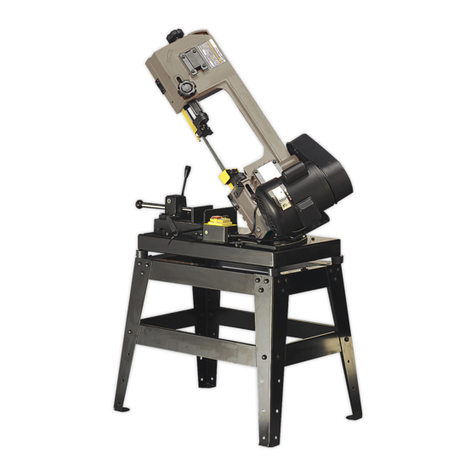
20V CIRCULAR SAW Ø150MM - BODY ONLY
MODEL NO: CP20VCS
Thank you for purchasing a Sealey product. Manufactured to a high standard, this product will, if used according to these
instructions, and properly maintained, give you years of trouble free performance.
IMPORTANT: PLEASE READ THESE INSTRUCTIONS CAREFULLY. NOTE THE SAFE OPERATIONAL REQUIREMENTS, WARNINGS & CAUTIONS. USE
THE PRODUCT CORRECTLY AND WITH CARE FOR THE PURPOSE FOR WHICH IT IS INTENDED. FAILURE TO DO SO MAY CAUSE DAMAGE AND/OR
PERSONAL INJURY AND WILL INVALIDATE THE WARRANTY. KEEP THESE INSTRUCTIONS SAFE FOR FUTURE USE.
1. SAFETY
1.1. GENERAL SAFETY
WARNING! Ensure that Health & Safety, local authority and general workshop practice regulations are adhered to when using this
equipment.
WARNING! DO NOT aim the laser beams at your or another person’s or animal’s eye and beware of reflections from mirrors or other
shiny surfaces.
9Remove the battery from the saw before changing blades, servicing or performing any maintenance.
9Maintain the saw in good condition. Check moving parts alignment on a regular basis.
9Replace or repair damaged parts. Use an authorised service agent and use recommended parts only. Unauthorised parts may be
dangerous and will invalidate the warranty.
9Keep the saw clean and the blade sharp for best and safest performance.
9Wear approved safety eye protection (standard spectacles are not adequate) and dust mask.
9Maintain correct balance and footing. Ensure the floor is not slippery and wear non-slip shoes.
9Keep children and unauthorised persons away from the working area.
9Remove ill fitting clothing. Remove ties, watches, rings and other loose jewellery and contain long hair.
9Use in a suitable work area. Keep area clean, tidy and free from unrelated materials. Ensure there is adequate lighting.
9Ensure locking hex. key is removed from the blade clamp flange before starting saw.
9Evaluate your work area before using the saw e.g. partitions may conceal electric cables or water piping.
9Secure non-stable workpiece with a clamp, vice or other adequate holding device.
9Avoid unintentional starting.
9Before making a cut ensure that all accessories and adjustment fixings are fully tightened.
9Only use saw blades that are specifically designed for use with this machine.
9Always use the side fence supplied or a securely fixed straight edge guide when doing a rip cut (along the length of the grain).
9When not in use store in a safe, dry, childproof area .
8DO NOT use the saw where there are flammable liquids, solids or gases such as paint solvents, etc.
8DO NOT allow children to operate the saw.
8DO NOT operate the saw if any parts are missing as this may cause failure and/or personal injury.
8DO NOT leave the saw operating unattended.
8DO NOT carry the saw with your finger on the power switch.
8DO NOT use the saw for a task it is not designed to perform.
8DO NOT use a blade which is damaged, cracked, distorted or has missing teeth.
8DO NOT tamper with, or remove, blade guard.
8DO NOT operate the saw when you are tired, under the influence of alcohol, drugs or intoxicating medication.
8DO NOT get the saw wet or use in damp or wet locations.
8DO NOT hold unsecured workpiece in your hand whilst cutting.
8DO NOT force the saw to cut but allow it to operate at its normal working speed.
8DO NOT use the saw with any other manufacturers’ accessories.
8DO NOT reach under the workpiece whilst the blade is cutting. Keep hands away from the cutting area and do not attempt to remove
cut material whilst the blade is still turning.
8DO NOT wedge the blade guard open.
8DO NOT fit or use a saw blade that is intended to cut metal. Always ensure that the saw is fitted with the correct wood cutting blade.
8DO NOT substitute an abrasive wheel for the saw blade.
8DO NOT allow the blade to come into contact with nails or other steel fixings used in old timber or existing timber structures. Inspect the
workpiece before commencing cutting and remove any potential hazards.
8DO NOT attempt to stop the saw by pressing on the side of the blade.
8DO NOT start the saw with the blade in contact with the workpiece. Allow the blade to run up to speed before proceeding to cut.
1.2. LASER SAFETY
WARNING! DO NOT look or stare into the laser beam as permanent eye damage could result.
The CP20VCS utilises a Class II laser that emits low levels of visible radiation (i.e. wavelengths between 400 and 700 nanometres)
which are safe for the skin but not inherently safe for the eyes. The Class II emission limit is set at the maximum level for which eye
protection is normally afforded by natural aversion responses to bright light.
Original Language Version
© Jack Sealey Limited
Refer to
instructions
Wear eye
protection
Wear protective
gloves
Wear ear
protection
Wear safety
footwear
Wear protective
clothing
CP20VCS Issue 1 17/09/19
Warning!
Laser beam
Wear
dust mask
